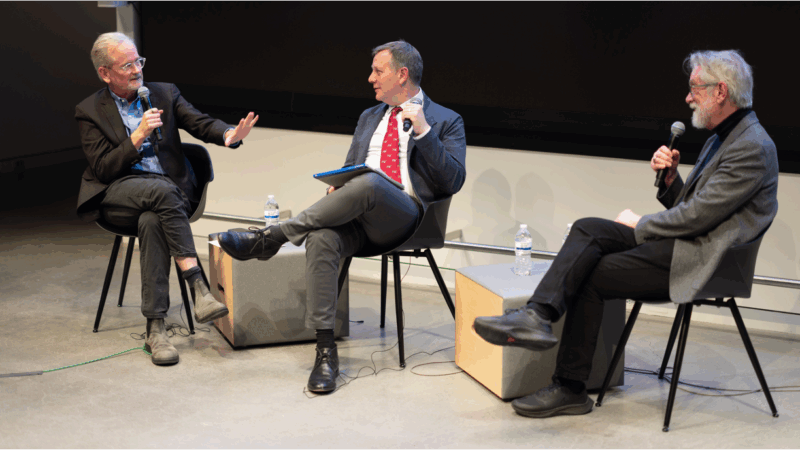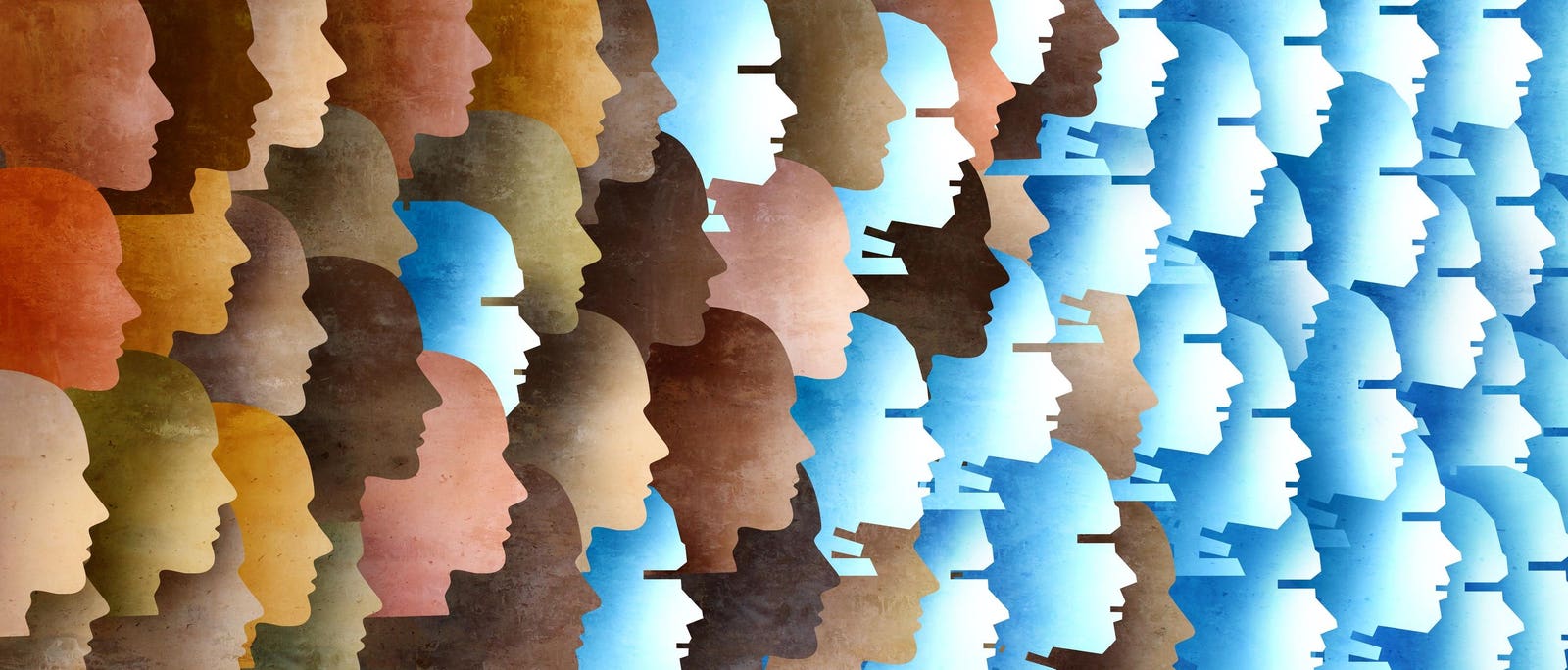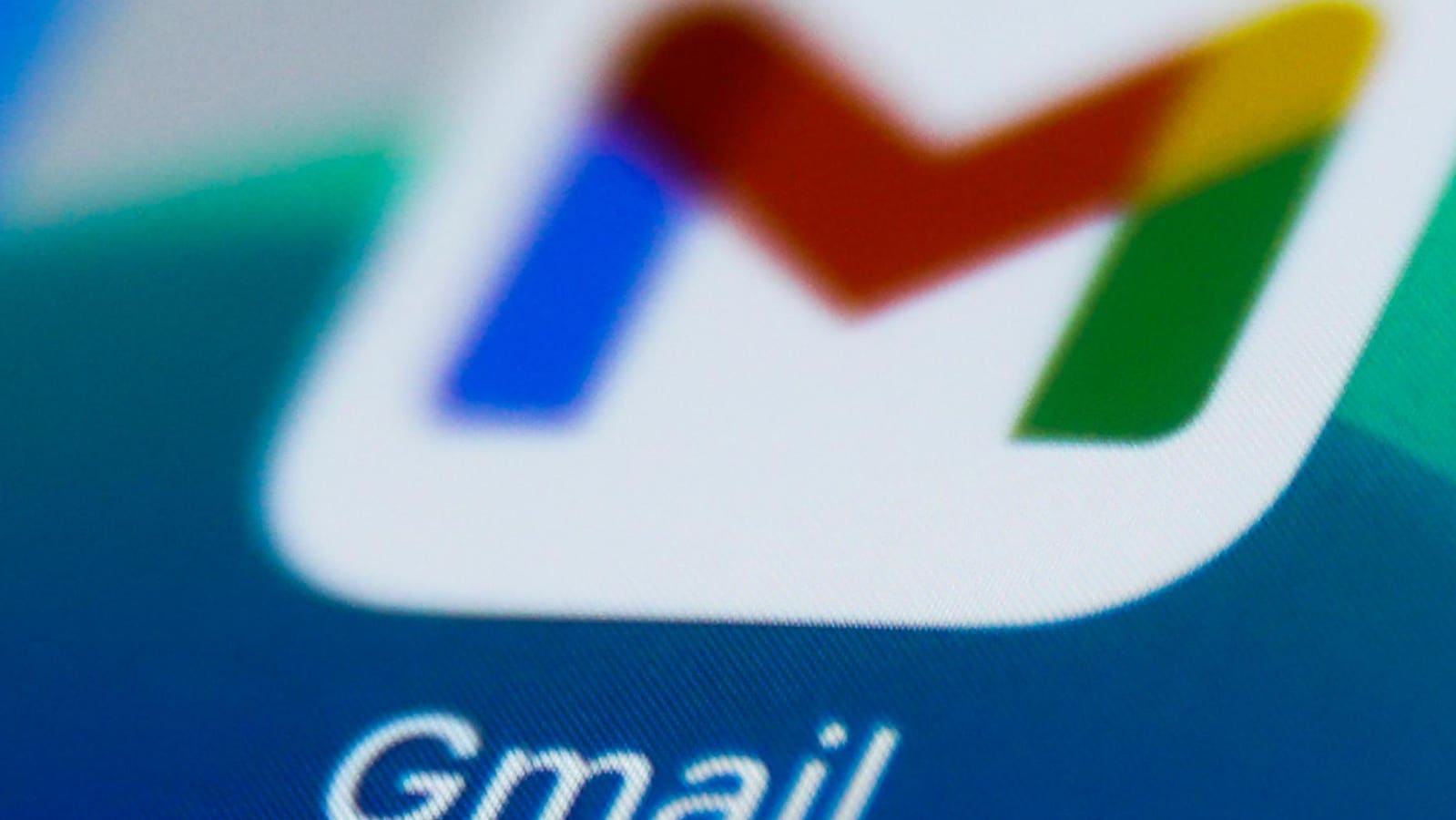Larry Lessig, John Werner and Sandy Pentland discussing Sandy’s New Book – Shared Wisdom at MIT Museum recorded on CSPAN Books
John Werner
In some ways, artificial intelligence just adds more fuel to an already overcharged world.
Take the virtual halls of social media, where content proliferation already seemed a little out of hand, and algorithmic manipulation was, in the words of the younger generation, setting “sus.” Then the massive production capability of AI pushed the stakes a lot higher.
And then there’s the other side of writing: the power of prose.
Speaking of authorship, I recently went on CSPAN books with my colleague Alexander “Sandy” Pentland, and Larry Lessig, to talk about these specific issues. Pentland just came out with his intriguing new book “Sharing Wisdom,” which I wrote about previously, and now it’s out there, available for purchase, so buy it.
Both of these fellows are giants: Lessig, with experience at both Stanford and Harvard, was also a law clerk for Scalia, and co-founded Creative Commons. Pentland has ties to our own MIT, and Stanford and needs no further introduction from me, as I’ll link to my past coverage of his much-awaited book.
In our wide-ranging discussion, we covered a few topics related to this central idea of writing: pondering the juggernaut that AI represents in our lexical world – and make no mistake, that’s about to spill over into “real life” when these systems get ported into robotics.
I also had an epiphany walking out of that venue, and it had to do with writing, but I’ll get into that a bit later.
What Does AI Do to Social Media?
Can AI help with the toxic effects of social media?
I like how this writer put it at Avexir:
“AI’s got the muscle to make social media safer, slashing toxic content at a scale humans can’t touch. Yet, its blind spots, like context fails, free speech fumbles, and mental health misses, remind us it’s not a silver bullet.”
As we conversed about the future of AI, Lessig and Pentland noted the role of social media in our lives, and how it has become a threat, in some senses, to our mental health.
“The business model is engagement,” Pentland said. “The social media you and I remember from 30 years ago didn’t have that business model. AOL didn’t care if you spent 15 more minutes in one discussion space, versus another discussion space.”
Shared Wisdom book
Sandy Pentland
The incentives, he noted, were wildly different, and now, the worst of what’s online gets constantly promoted in order to feed engagement metrics.
“Usenet was filled with trash,” he said of that historic time, “but the trash wasn’t amplified. It wasn’t like that was what was put before you, and the reasonable stuff was suppressed. But that’s because that wasn’t the business model. Now, we move to a place where the business model is to maximize engagement, so that you can maximize advertisement. And so they have to lean back to our psychology to figure out, how do we maximize engagement? It just turns out – too bad for us – that the best way to maximize engagement in a political realm is to turn us into ignorant people who hate each other.”
Strong stuff – but indeed, those concerns are common. Social media has its toxic side. Maybe, just maybe, AI will help provide new tools to rein all of that in a bit.
In a more general sense, in discussing the flattening of ideas occurring now (I invoked Thomas Friedman’s tome, The Earth is Flat), one of us contended that “the way we flatten things destroys communities.” Touche.
Changes to the World of Advertising
Another major topic of discussion was the attrition of traditional ad media.
First of all, AI is writing content (as we’ll explore more) and that’s transforming what the customer-facing product looks like.
“It is (now) possible for people to have AI tools to help them search for things, that are extremely good at destroying advertising,” Pentland said. “So if you look at tomorrow, showing how all of the sort of common forms of advertising go away in an agentic world, and they often could be replaced through the fiduciary responsibility of the agents, then most of that advertising really disappears.”
So to recap: AI will be writing social media posts, and maybe that will tamp down some of the extreme nature of our feeds, or maybe it will just amplify the chaos. AI will be writing the advertising content, and that might seem personalized, or it might give us a sort of discomfort that we can’t really pin down yet. Will AI also be writing books?
And what will that look like?
Giving Humans AI Voices
Specifically, as I left the CSPAN event, I was thinking: what if these two guys co-authored the “Sharing Wisdom” book? How would it look different?
Then I went a step further, thinking: what if an LLM wrote the book using both of their AI avatars?
After all, it seems likely that in the next generation, as us older gentlemen and ladies expire, others will be able to have LLMs write books on our behalf, using our voices, our histories, our profiles, our personas. You’ve heard of the use of personas in business to model customer sentiment. What about full-fledged personas that model us, in AI form?
What would “Sharing Wisdom” look like if written by Larry and Sandy’s AI personas?
Would we even be able to tell the difference?
Maybe, but the uncanny valley is disappearing quickly. Presumably, the book would be tightly focused based on the known opinions and outlooks of the humans themselves. The language would be dredged from a neural net’s digital ganglia. The cadence would be delineated by the LLM’s best conception of how people keep themselves from boring their audiences to tears.
In fact, some of our books might even be better.
But that leads us to ask, in a world like this, what humans will do.
We’ll see.
Pick up a copy of Shared Wisdom – and let me know what you think.









